PHOTO ESSAY: Learning Mi’kmaw history through food
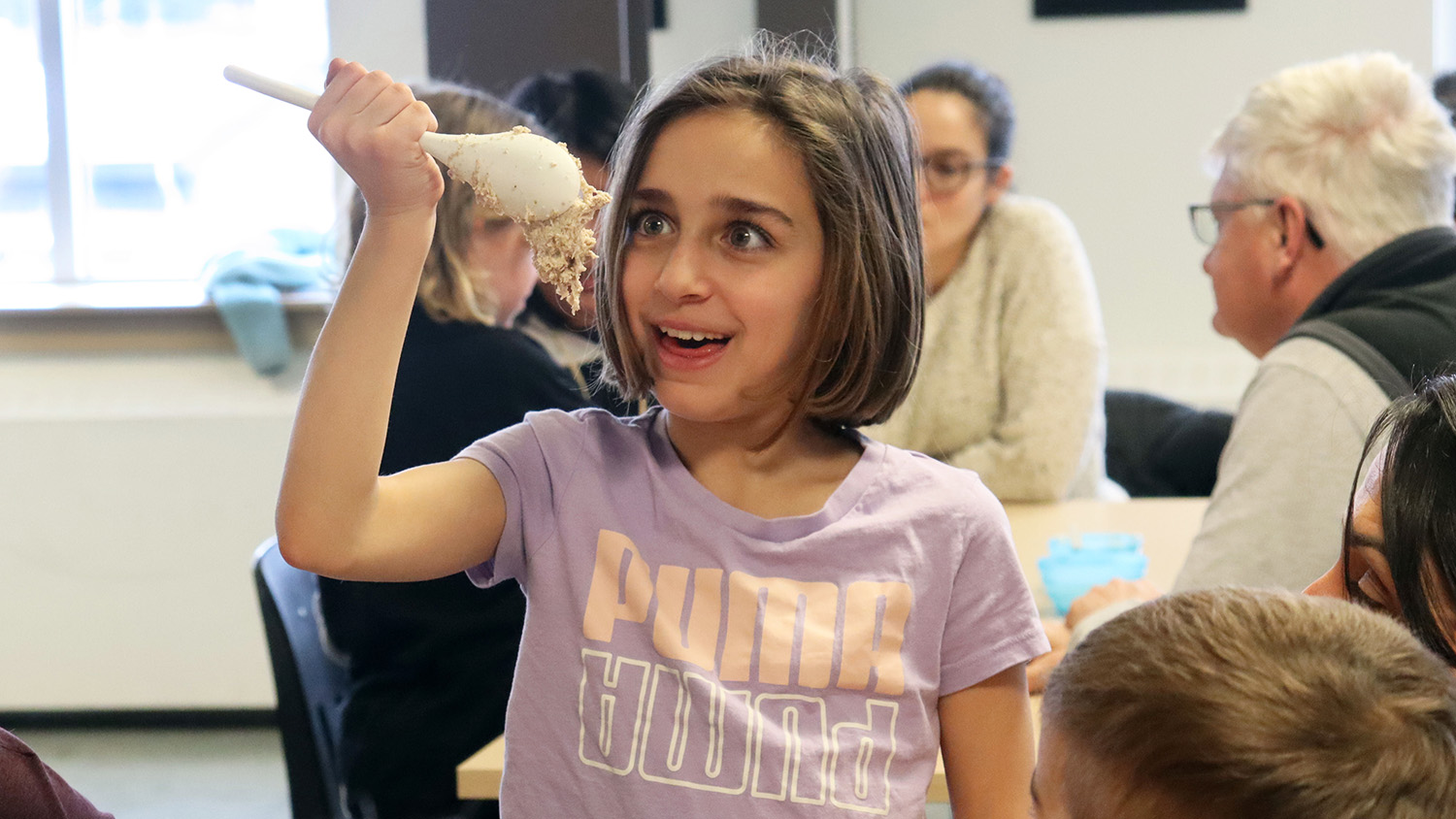
caption
A young girl making luskinikn, a type of Mi’kmaw bread, during a cooking workshop at The Canadian Museum of Immigration at Pier 21 on March 11, 2024.Pier 21 cooking workshop connects traditional bread, Indigenous resilience
Dozens of families flocked to the Canadian Museum of Immigration at Pier 21 to make luskinikn, a Mi’kmaw bread, and learn about the connection between the doughy dish and Indigenous resilience.
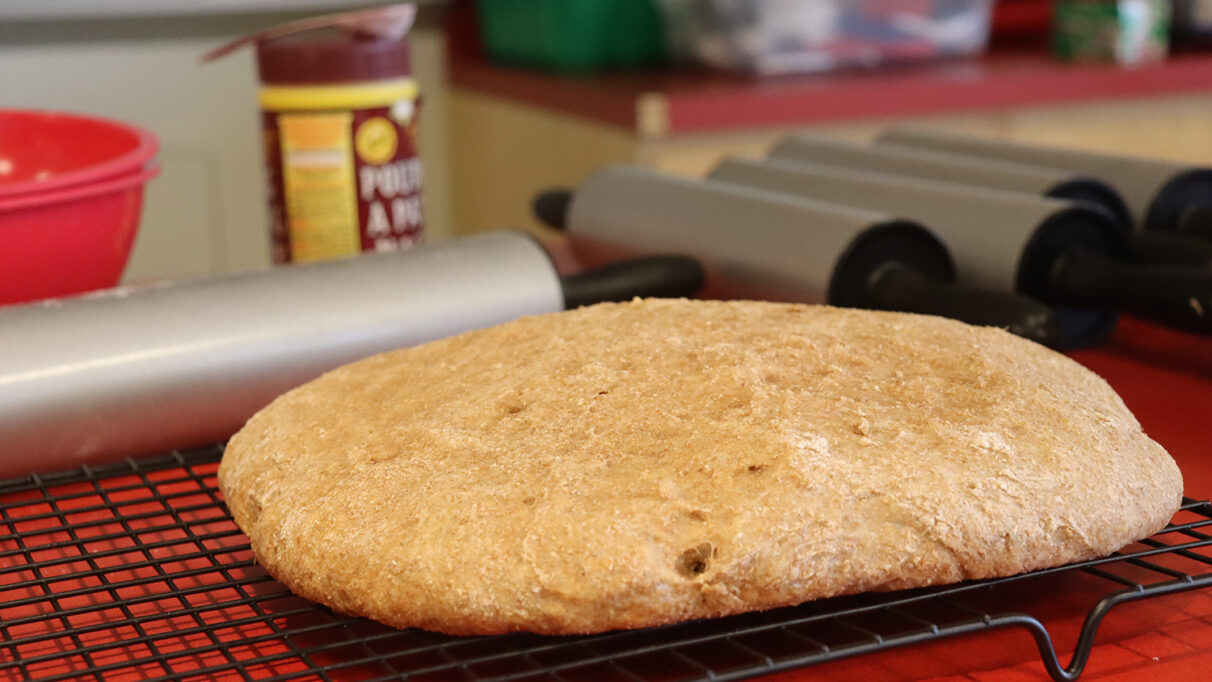
caption
The finished luskinikn used for sampling during the Mi’kmaw cooking workshop at The Canadian Museum of Immigration at Pier 21 on March 11.Luskinikn is made from simple ingredients like flour, lard, salt, and water. The ingredients have been updated over time to increase luskinikn’s nutritional value, such as adding yogurt for protein.
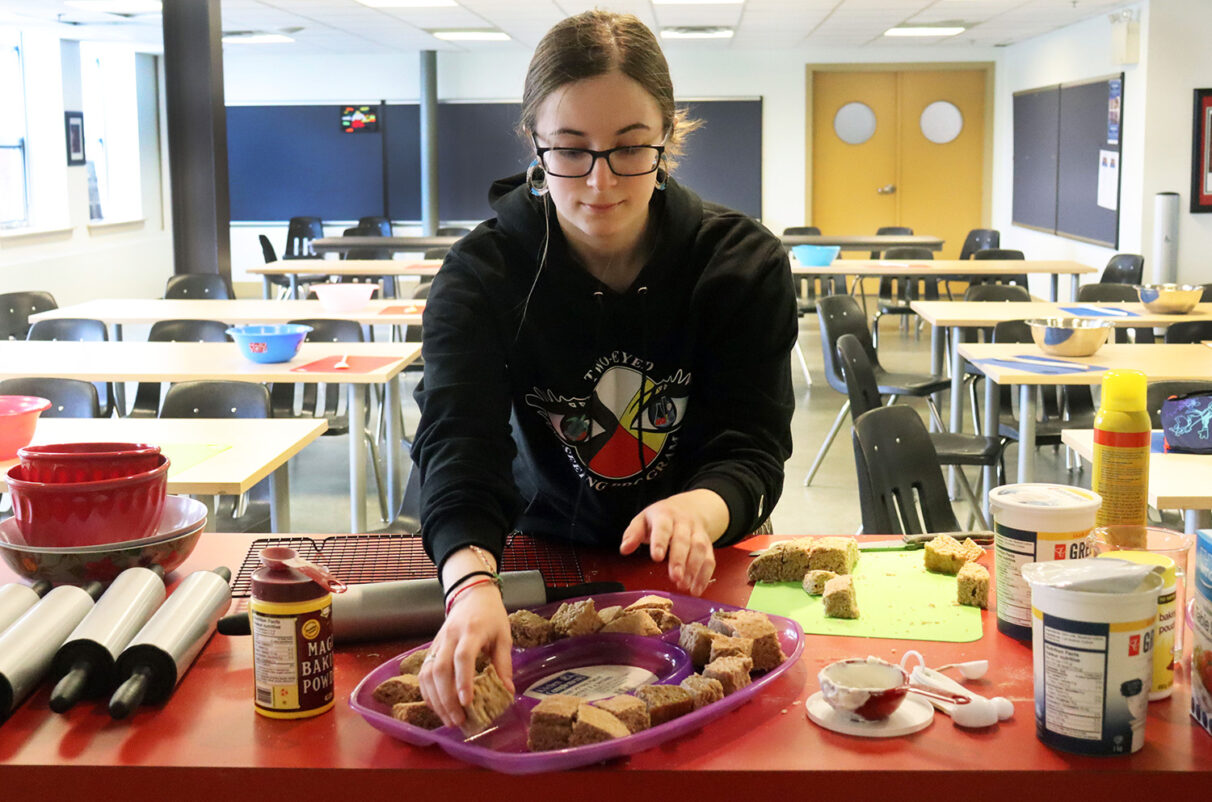
caption
Cheyenne Hardy setting up luskinikn samples before the Mi’kmaw cooking workshop at The Canadian Museum of Immigration at Pier 21 on March 11, 2024. Hardy is the logistics and communications assistant for The Two-Eyed Seeing Program, which ran the event with the museum.Ann Sylliboy, a Mi’kmaw knowledge keeper, led the cooking workshop in early March and shared the origins of luskinikn. She said the bread was born of necessity in the 19th and 20th centuries when Indigenous people were forced off of their land and onto reserves.

caption
Mi’kmaw knowledge keeper Ann Sylliboy spoke about the history of luskinikn at The Canadian Museum of Immigration at Pier 21 on March 11, 2024. Sylliboy led a cooking workshop aimed at educating the public about the connection between the Mi’kmaw bread and Indigenous resilience.“That time period was a dark chapter in our relationship with Canada and Nova Scotia,” Sylliboy told The Signal following the event on March 11. “There was rationing of food for Mi’kmaw people when there was no rationing of food for other people.”
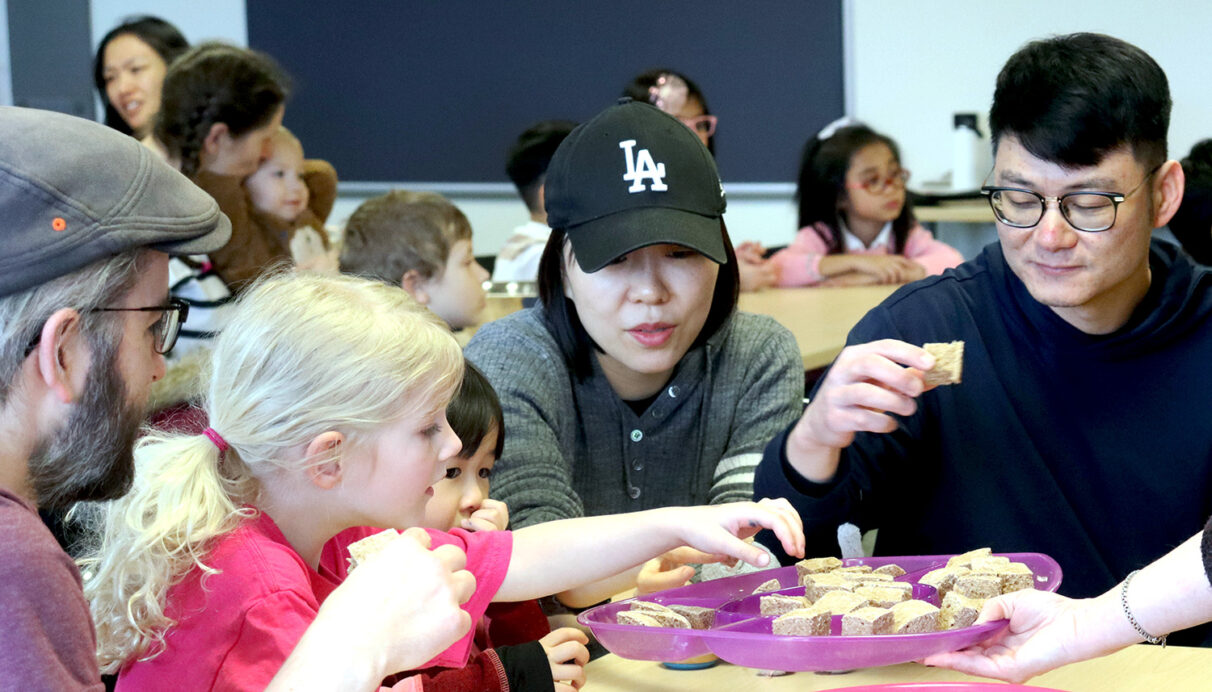
caption
Families taste luskinikn, a Mi’kmaw bread, at a workshop at The Canadian Museum of Immigration at Pier 21 on March 11. Families were offered luskinikn samples, served with little cups of jam, before they were taught how to make their own luskinikn dough.A Toronto Star columnist wrote in 2014 that Canada used starvation as a method of control over Indigenous people and that Canada’s first prime minister, Sir John A. Macdonald, deliberately starved thousands to make room for white settlements. A 2013 report by The Canadian Press indicated children in residential schools were used in nutritional experiments.
Today, luskinikn is a staple dish in Mi’kmaw communities and is a symbol of resilience.
“We were able to survive,” said Sylliboy.
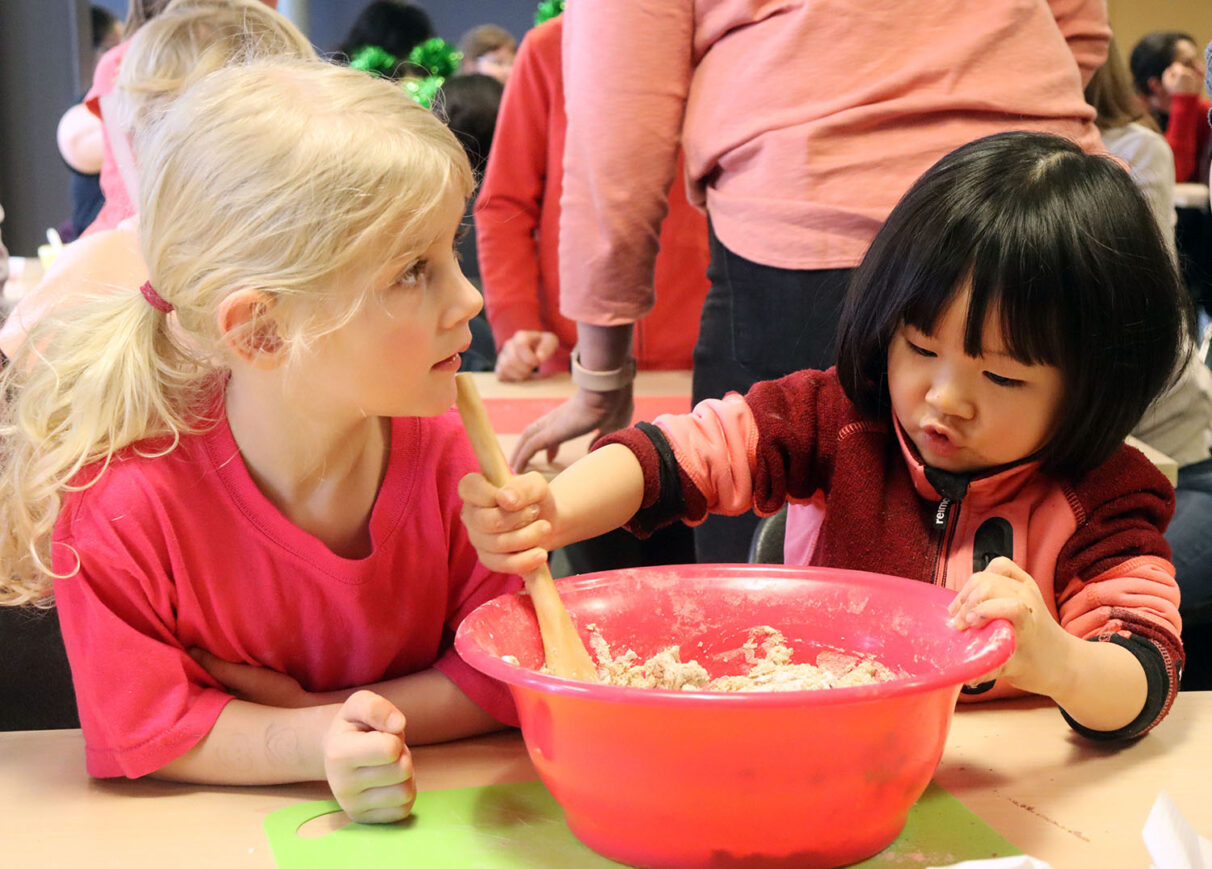
caption
Two children making luskinikn, a type of Mi’kmaw bread, during a cooking workshop at The Canadian Museum of Immigration at Pier 21 on March 11. The parents poured in most of the ingredients and many of the children took it upon themselves to stir the ingredients together to form the dough.Rebecca MacKenzie-Hopkins, a manager at the Pier 21 museum, said the goal of the workshop is to increase interest in Mi’kmaw culture.
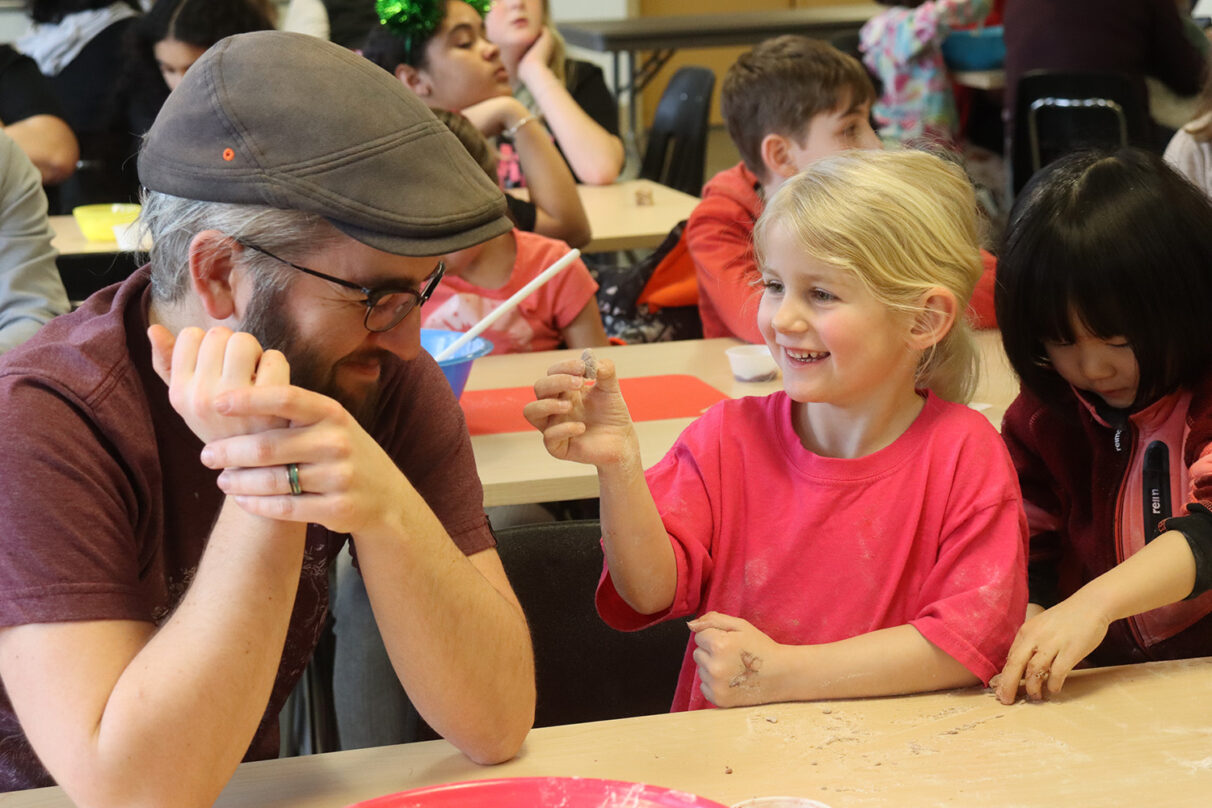
caption
Families enjoy a Mi’kmaw cooking workshop at The Canadian Museum of Immigration at Pier 21 on March 11, 2024.“It’s about elevating voices from Mi’kmaw people,” she said. “We want to get to a place where inclusion always takes place and is not even something that we think about.”
About the author

Serra Hamilton
...
